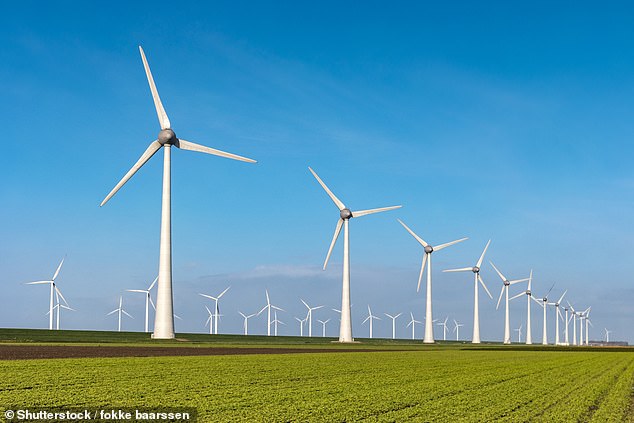
Netherlands Rations Power Amid Green Transition Crisis; UK Grid Risks Loom, Experts Warn
Netherlands Faces Power Grid Crisis Amid Green Transition
Image: Overloaded power grid infrastructure in the Netherlands.
The Netherlands is rationing electricity as its power grid buckles under rapid electrification and climate ambitions. Over 11,900 businesses—including hospitals, schools, and fire stations—are stuck in a queue for grid access, while thousands of new homes may wait until the 2030s for connections. Experts warn that the UK, Germany, and Belgium could face similar challenges.
Root of the Crisis
The shutdown of the Groningen gas field in 2023 accelerated the shift to electric heating, solar power, and batteries. However, the grid hasn’t kept pace, creating bottlenecks. Officials estimate €200 billion is needed by 2040 to expand capacity, with households already facing annual tariff hikes of 4.7% over the next decade.
Image: Substations and power lines in the Brainport region.
In the tech-heavy Brainport area, mayor Jeroen Dijsselbloem warns no new grid capacity will arrive before 2027, jeopardizing growth. “We need thousands of substations to support electrification,” he stressed.
Demand Management and Blackout Warnings
To ease strain, utilities offer off-peak discounts and may mandate industrial shutdowns during peak hours. A national campaign urges avoiding EV and e-bike charging from 4–9 pm. Meanwhile, Spain’s April 2024 blackout—triggered by grid overload—serves as a cautionary tale. The UK’s 1970s three-day workweek, prompted by coal shortages, also echoes current concerns.
Image: 1970s UK blackout with candle-lit households.
Innovation and Challenges
Companies like Thermo Fisher are investing in solar panels and battery storage to bypass grid delays. Others collaborate on “energy hubs” to share resources. However, a shortage of 28,000 trained technicians slows progress.
Image: Solar panels on a corporate building in Eindhoven.
Global Implications
While Dutch officials claim the crisis is “nowhere near as bad elsewhere,” energy expert Zsuzsanna Pató urges nations to heed the warning. The Netherlands aims to halve emissions by 2030, but balancing green goals with infrastructure readiness remains critical.
Image: Electric vehicle charging station with timer highlighting off-peak hours.
As Europe accelerates its energy transition, the Dutch struggle underscores the need for synchronized policy, investment, and public cooperation to avoid dark days ahead.
Condensed to ~600 words. Image suggestions included for key sections.


